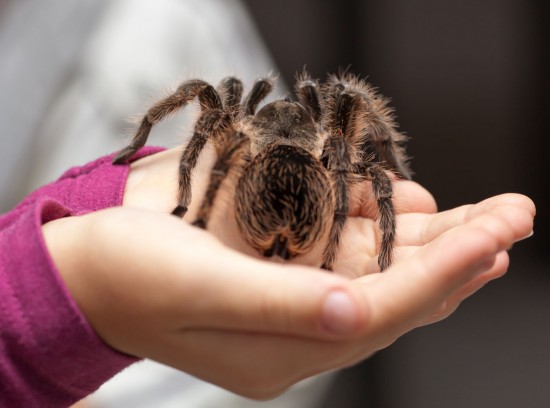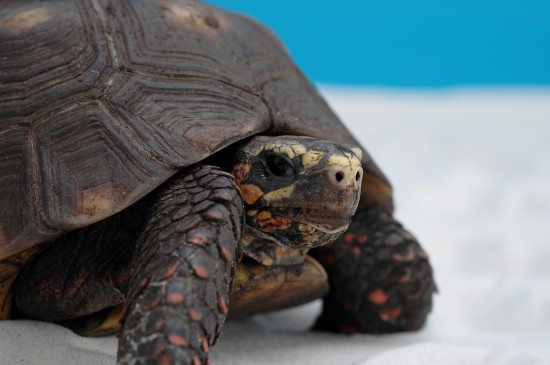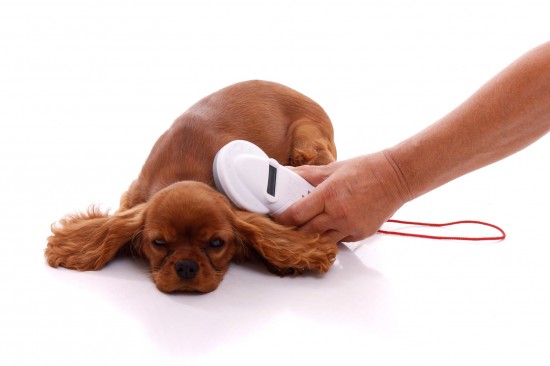
Reading the basics when it comes to cichlid info is necessary. However, are you sure that the information you have is sufficient? If what you know about cichlids are pretty much on the general side only, it's time to expand that knowledge.
More often than not, prospective cichlid owners are advised to determine which color and behavior they want their cichlids to exhibit. As it is, the color and behavior of cichlids will help you decide which species you want to get. This is not enough, though. Aside from color and behavior, you should also anticipate the size of the cichlid as it reaches maturity, compatibility with other cichlids and the level of difficulty entailed in taking care of it.
Knowing the size of the cichlid when it reaches maturity will help you choose the type and size of aquarium you will put it in. Of course, knowing the species it gets along with is also important. A case in point is when you have one or two cichlids of your own. Adding a third cichlid should urge you to research whether this third species could get along well with the first two species you already have. Otherwise, the aggressive behavior that the cichlids would express to one another may be uncontrollable.
As for the difficulty in taking care of cichlids, that's another issue. Some people are ready to take on the challenge of taking care of cichlids. This is the case no matter what species the cichlid belongs to. However, there are also some owners who would not appreciate a big blow when the cichlid becomes a nuisance. Therefore, the general recommendation is to choose one that will not require too much effort on your part as an owner.
Another reason why researching about your cichlids before the actual purchase is because you need to know what temperature and PH levels it needs to survive. The temperature varies since cichlids have different places of origin. The PH levels are easier to manipulate. For the species that are found in South America, the PH levels needed by the cichlid usually ranges from 6.5 - 6.8. It's slightly higher for those found in Central America, about 7.0 - 7.6. Again, it's a different story for cichlids that are natives of Africa as they require PH levels of an estimated 7.6 to 9.0.
Last but not the least, try to check and examine the condition of the cichlid before taking it home. Look for signs of diseases and illnesses or infections. Observe the cichlids and make sure that it is swimming without difficulty. Examine its fins as well. Check for inflammation. If there are no signs of health concerns for your cichlid, then be prepared to take your cichlid home.
Larry Pearson is an expert author and cichlid fish enthusiast and has been keeping pet fishes for over 20 years.
To get more cichlid info and how to keep healthy and beautiful cichlids go to www.cichlidfishguide.com and sign up for the FREE Email Mini-Course.
 Keeping Insects And Spiders As Pets - Introduction To Invertebrates
Keeping Insects A
Keeping Insects And Spiders As Pets - Introduction To Invertebrates
Keeping Insects A
 Prepare your dog for a trip with airline approved pet carrier
Prepare your dog for a trip with airline approved pet carr
Prepare your dog for a trip with airline approved pet carrier
Prepare your dog for a trip with airline approved pet carr
 Reptile Brumation Explained
Reptile Brumation
Reptile Brumation Explained
Reptile Brumation
 How To Avoid Skin Problems In The Mexican Hairless Dog
How To Avoid Skin
How To Avoid Skin Problems In The Mexican Hairless Dog
How To Avoid Skin
 Positive Steps To Safeguarding Your Dog From Being Stolen
Positive Steps To
Positive Steps To Safeguarding Your Dog From Being Stolen
Positive Steps To
Copyright © 2005-2016 Pet Information All Rights Reserved
Contact us: www162date@outlook.com